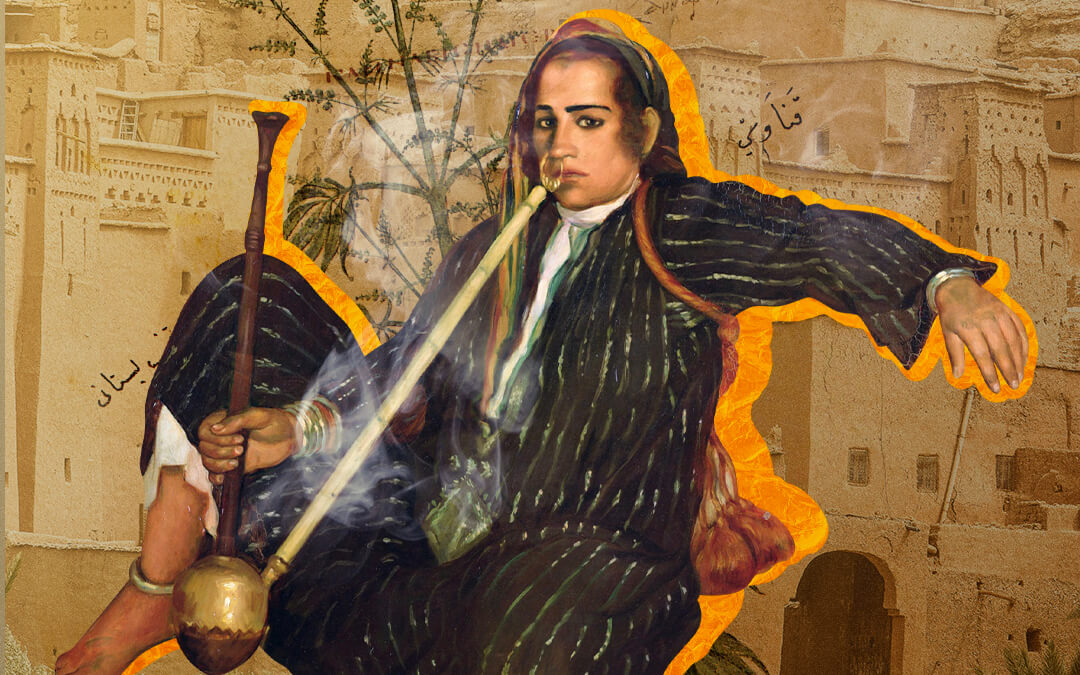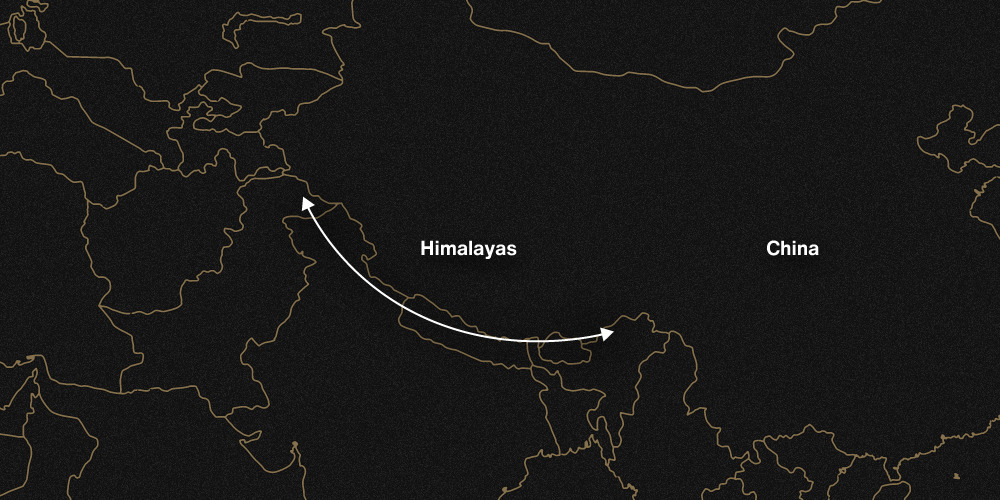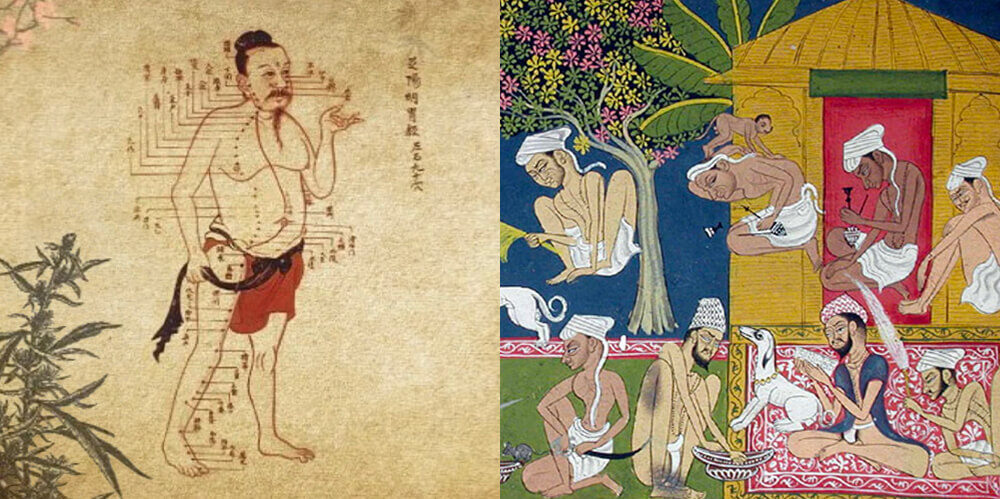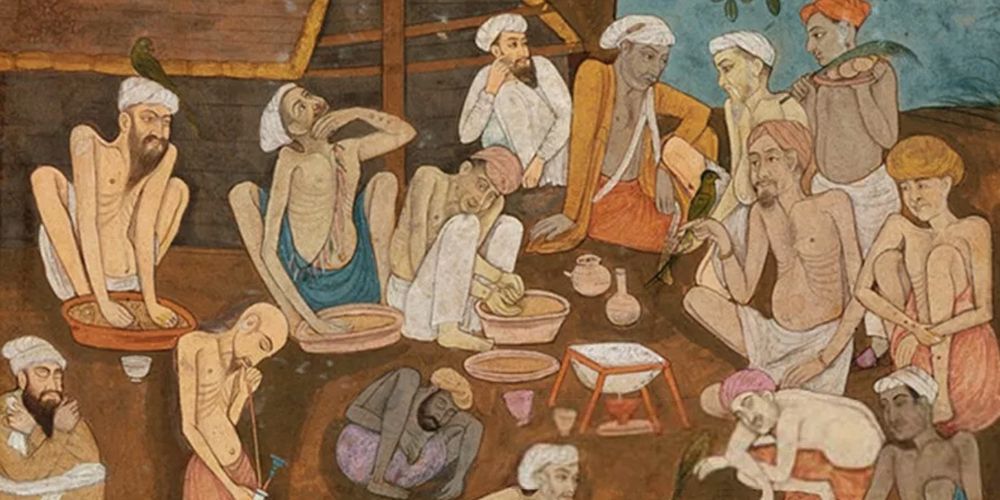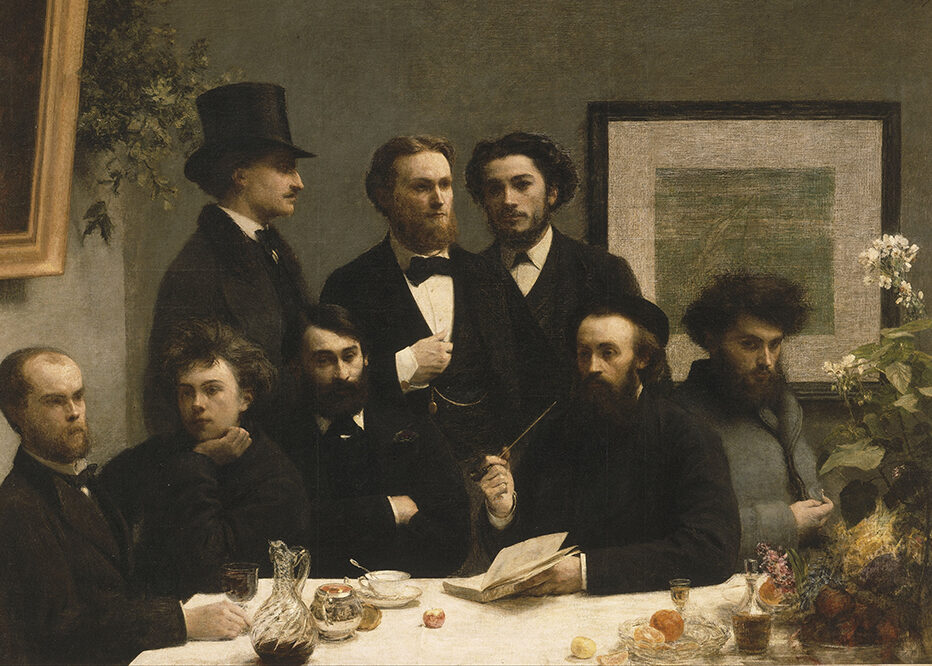The Legacy to Legal Movement
When it comes to cannabis, a whole lot has changed over the past decade. The global cannabis marketplace is finally transitioning from underground to fully regulated.
Legalization has created a new playing field for cannabis producers, distributors, and consumers. Cannabis regulations have effectively disrupted underground operations, opening doors for adaptable, highly-driven pre-legalization players to move from the legacy market into a regulated industry.
So what does ‘Legacy to Legal’ mean, and why is it so important?
The definition of ‘legacy’ is:
something transmitted by or received from an ancestor or predecessor or from the past.
From this fundamental definition, we can begin to understand the significance of the work done by those of us whom assumed personal risk prior to regulation. Creating products, building dispensaries, and developing business opportunities in the underground or “Legacy” market could cost you your future.
Arguably, the success of the legal market is dependent on these legacy players entering the legal market, bringing with them the knowledge, skills, product development talents, and established networks earned through years of dedicated pre-legalization ground work.
What makes up ‘the market’?

The cannabis market needs diverse stakeholders to function.
Who are the key players and what makes each of them so important? Let’s take a look:
Producers
Growers, processors, and hashishins; these individuals are often considered the roots of the thriving cannabis marketplace. Ranging from individuals with hobby grows, to groups with underground operations, through to enormous agricultural farms and multinational corporations; these are the people, organizations and companies growing and developing quality cannabis products. Like the ‘No Farmers, No Food’ movement, without the producers there would simply not be a cannabis market. It’s a passion for the plant and the incentive of progress and sustainability that drives cannabis producers to continuously innovate and supply the market with new and exciting products.
Distributors
The next key group of players in the market are the distributors. For some, this is simply “A guy I know” and for others it’s a handful of different locations, including the newest trendy shops. Let’s not forget about the convenience of online stores and delivery services as well. Distributors are the people on the front lines of the cannabis market – connecting consumers with their favourite strains and introducing them to new products. This work has matured and evolved in recent years with regulation, transforming into a role that involves networking with industry professionals, driving sales, and championing business development initiatives for legal cannabis companies.
Consumers
Of course, a market wouldn’t be a market without demand. Consumer demand is a critical part of how cannabis regulations came to be. Everything producers and distributors do is ultimately for the end user. Consumer interest drives product development and supports the distributors’ ability to create new sales and supply channels, making more cannabis products available to more consumers.
How has legalization changed ‘the market’?

New ways to access
Legalization revolutionized the way people buy cannabis products, and for many longtime buyers the change has been gradual. An expansive list of so-called ‘grey market’ shops and websites bridged the gap between “someone I know” and the current, regulated marketplace in Canada… While for some, it’s an entirely new consumer experience.
More products, easier access, better education, validated safety, available analytics, and generally more choice means consumers are the biggest winners when it comes to the legal market. No longer limited to whatever strains and products your friends have, the legal marketplace is filled with hundreds of new and novel products that regulated stores are able to stock and sell with ease.
A large burden of risk has been lifted in the sense of quality, safety, and criminality. It is no longer a crime to buy cannabis flower, hash and other cannabis products in Canada from regulated sources. Accountability in cannabis products has never been higher, today’s buyers can rest assured that their money isn’t funding criminal organizations, and that the products they are purchasing are produced with exceptional quality control and oversight.
How does the ‘legal market’ and its consumers benefit from legacy players?
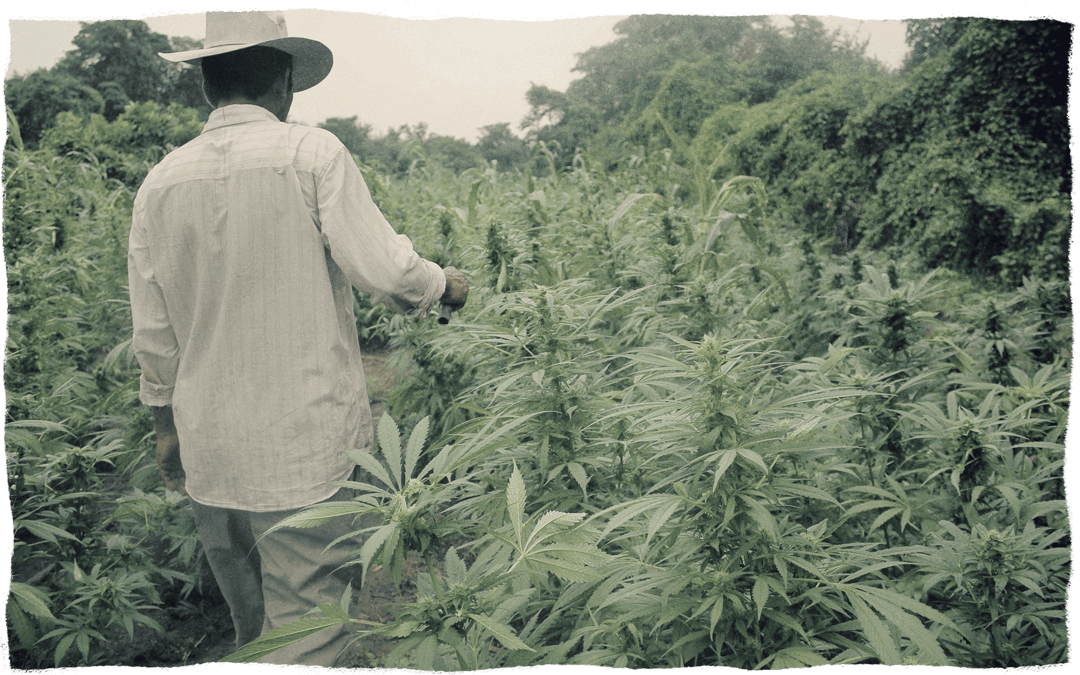
From enthusiasts to professionals
Just because cannabis was recently legalized does not mean all the producers, distributors, and consumers are new to the game.
While some jumped eagerly into the market hoping to cash-in with the cannabis “green rush”, the inexperienced have begun to fizzle out. Now, some of those who spent years in the industry prior to legalization are adding incredible value to the regulated marketplace. How? They have the passion, drive, and experience to make significant contributions to the legal cannabis industry.
At HashCo, our core team has over 75 years of combined legacy market experience covering everything from direct production and formulation through to marketing, branding and distribution. This wealth of participation has enabled us to create the tastes, smells, and experiences consumers demand from traditional hash products. We’ve adapted timeless, customary crafting methods from the past to incorporate modern health, safety, and quality standards. The ‘Legacy to Legal’ transition is something we’ve worked tirelessly to achieve and are very, very proud to represent.
A common saying among Legacy participants is “Before there was a cannabis industry, there was a cannabis community.” We worked together to bolster our collective efforts. Now with regulations in place it is critical we continue collaborating and supporting the efforts of our peers. Speaking the language of cannabis and understanding what cannabis consumers want, legacy players must persist in working together to shape the new cannabis industry.
Regulation opened the door for passionate entrepreneurs of the cannabis world to offer their wares to a safe, legal marketplace. Legalization has created opportunities to develop formal business relationships with partners, suppliers and clients, as well as acquiring business loans, raising capital investments, securing government contracts, creating jobs, paying taxes and generating significant revenues. Canadian Cannabis companies can now trade publicly on stock markets and export cannabis products to foreign countries…
This has been cannabis entrepreneurs’ dream for many years, and now it’s our reality.

Like this content?
Follow us on Instagram @thehashcorporation to find out when we’ve hashed out a new article.

